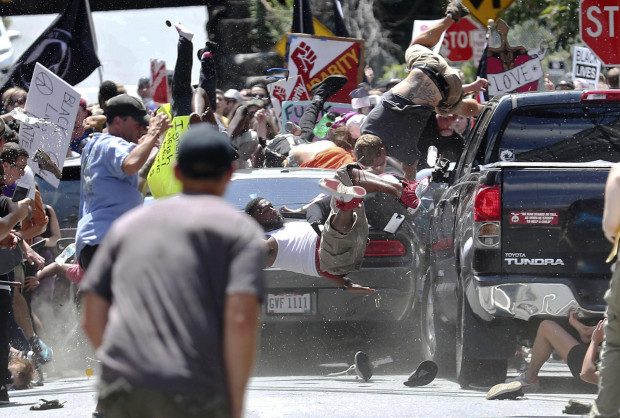During Civil Rights Era, Native American Communities In The South Armed Themselves Against The KKK
I first heard this story when I was probably eight or nine years old—old enough to know what the Ku Klux Klan was and why it was so dangerous, but young enough to believe the story had clear heroes and villains. My family and I are members of the Lumbee Tribe of North Carolina, the largest Indian tribe east of the Mississippi, headquartered in the southeastern part of the state. I was born there, in Robeson County, but my parents raised me in Durham, where they taught at North Carolina Central University, one of the state's 12 historically-Black colleges and universities. Between my African-American elders at NCCU and my Lumbee elders at "home" in Pembroke, I grew up with several different versions of the Civil Rights struggle to inspire me.















